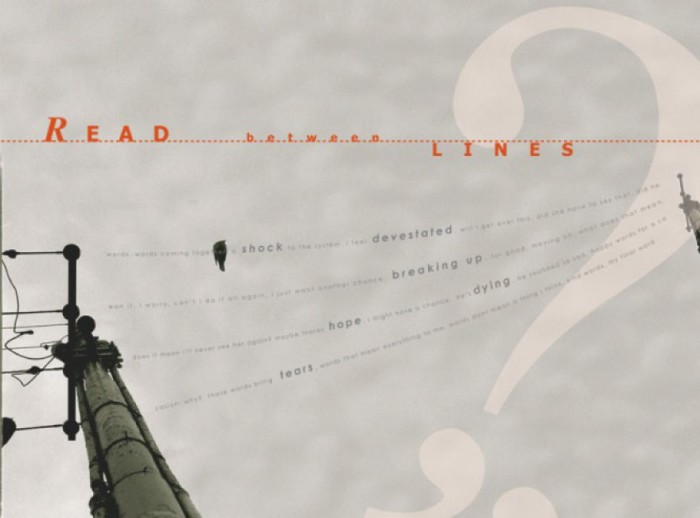What was once known as graphic design, has now been encapsulated by the broader field of communication design. This transformation has led to an increased complexity in a field which now incorporates print and digital media in all its forms.
Many graphic design educators have had to adapt their teaching in order to remain relevant.
Lucille Tenazas is the Henry Wolf Professor and Associate Dean of the School of Art, Media and Technology (AMT) at the Parsons School of Design. She has been practising and teaching graphic design for over 35 years.
Some of Tenazas’ clients include the Rizzoli International, the San Francisco International Airport, the San Francisco Museum of Modern Art, the Stanford University Art Museum and the University of California Berkeley.
Tenazas not only spoke at Design Indaba in 2001 but also came back to work with us on workshops for lecturers and students at the Nelson Mandela Metropolitan University (NMMU).
Born in the Philippines, but with an American graduate education, Tenazas, focuses on the form of language through typography. “I started to see words as objects with a physicality that can be held and touched," she said.
“For us as educators we are constantly aware that our profession is sort of a moving target,” explained Tenazas to Design Indaba during AGI Open in Paris. She describes the field as constantly redefining itself, both in practice and in the types of people it attracts.
“Every year I get older, but every year my students are 21. So, that age gap constantly widens. So, I always rethink and reinvent what this discipline is, so that is makes sense to them.”
In this way, Tenazas not only re-evaluates what and how she teaches, but she also ensures that her students learn to be adaptable once entering the field. She asks her students, “how do you imagine yourself practising as a graphic designer if the tools that you use now, are obsolete?”
Tenazas encourages her students to understand themselves first. If they can understand who they are as designers, and creatives, they will be less reliant on the tools they use to design.
“Know yourself, know what your strengths are. Know what you can offer and then as soon as you know that, they see in you a confidence that ‘yes, this is a person who knows who they are, and they can make an effort to know me,’” explains Tenazas.
Tenazas teaches her students the concept and meaning behind graphic design work in the hope that their message will adapt to the whatever the future design tool may be.









